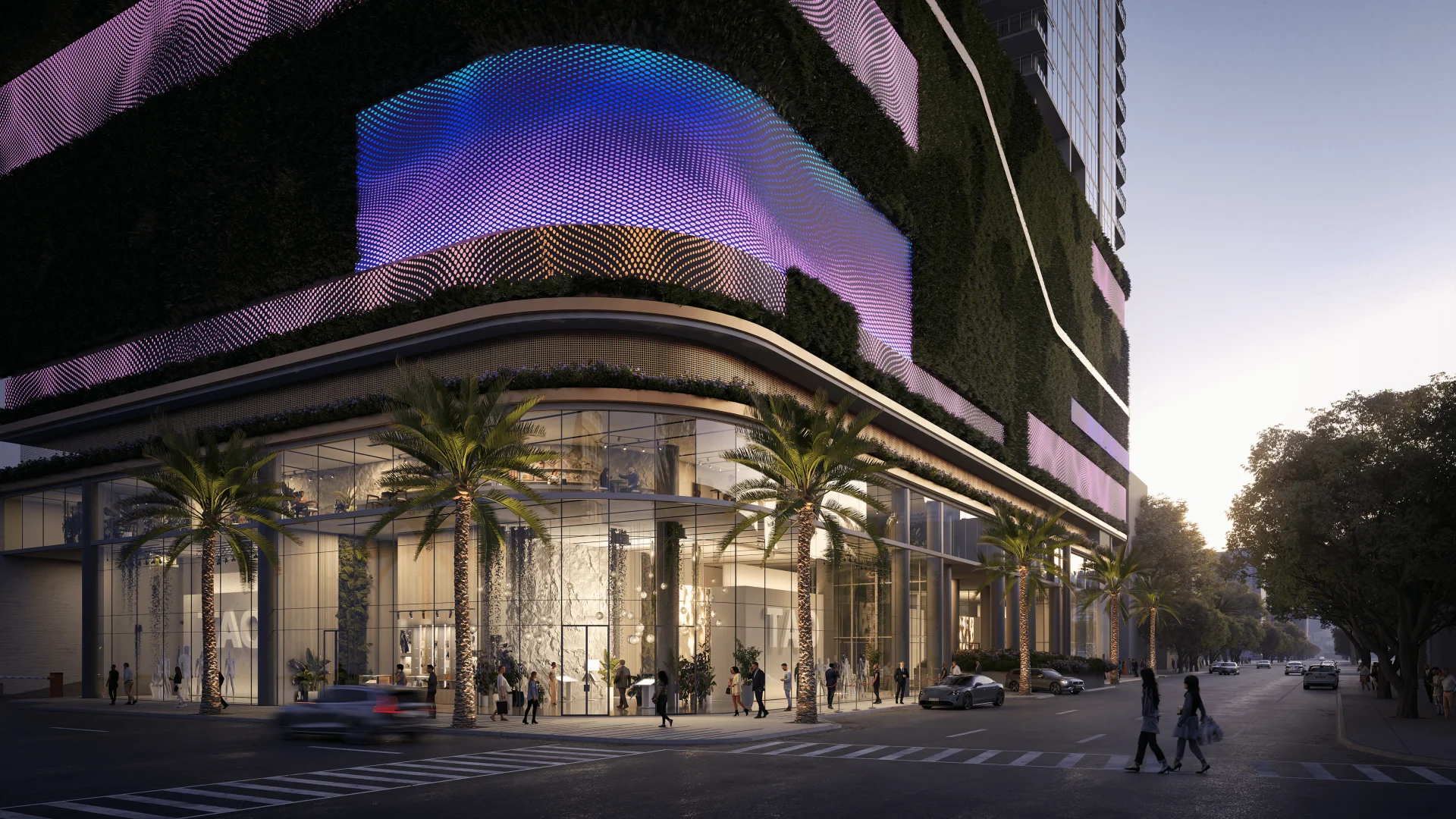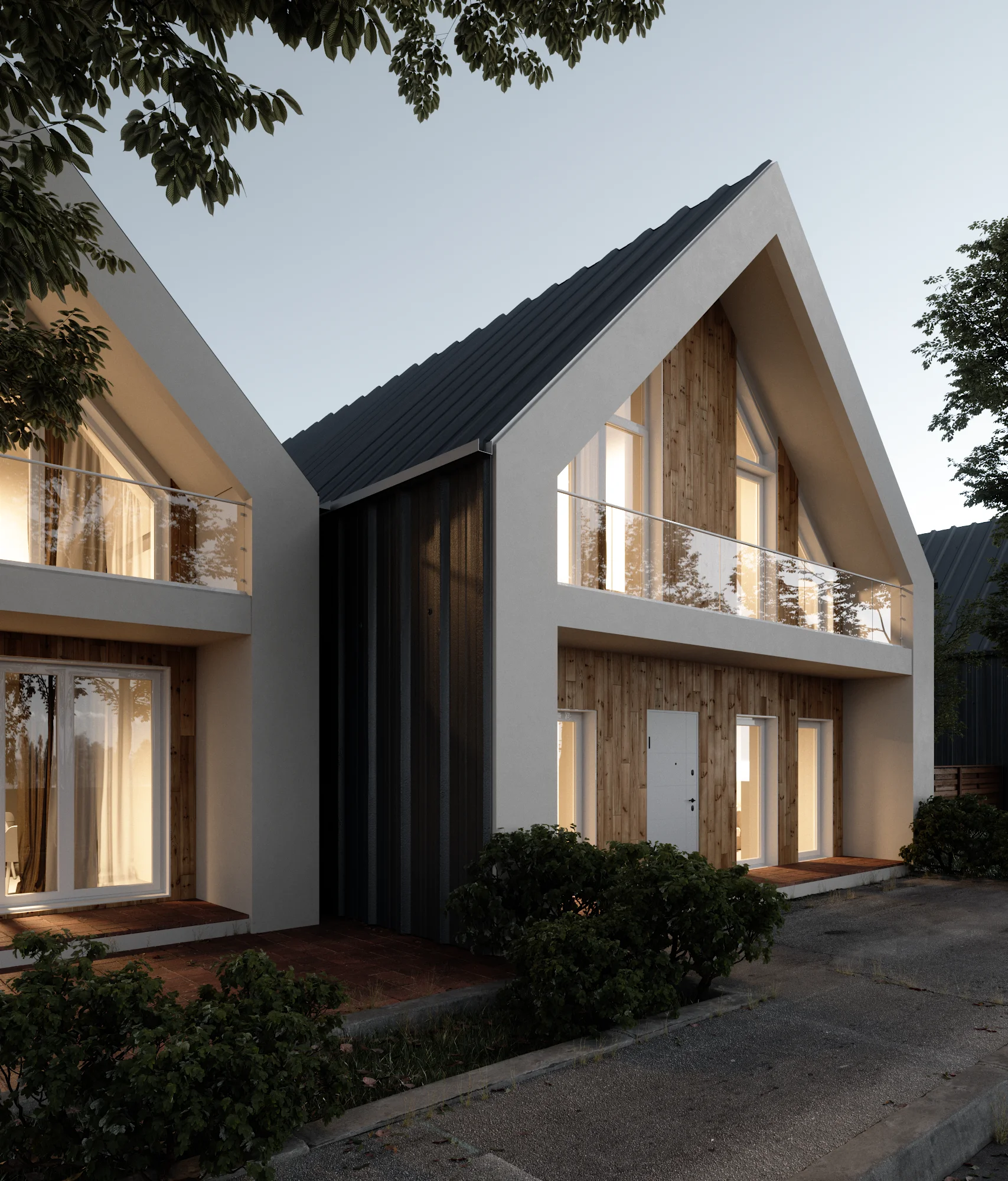In today’s dynamic architectural landscape, these services are emerging as a pivotal cornerstone for success. The demand for these services has been growing consistently, reshaping the architecture industry’s operations and expectations. This is primarily due to the increasing adoption of CGI in visualizing yet non-existent structures and producing cost-effective, high-quality images in bulk.
The reliance on 3D modeling and rendering services extends beyond just visual impact. In the cutthroat modern market, they serve as an indispensable tool for both new and established architectural firms. They offer a platform to illustrate their unique designs in an easily accessible, understandable format, allowing clients to visualize the final product even before construction begins. From detailed 3D visualizations that breathe life into the architects’ vision to comprehensive renderings that emphasize every minute detail, these services play a key role in defining the scope and success of a project.
Beyond that, 3D modeling and rendering services are enabling architectural firms to adapt and thrive in a digital-centric world. The ability to manipulate and experiment with designs in a digital workspace not only saves valuable time and resources but also fuels innovation, creativity, and progress. As we move forward, these services are set to further revolutionize the industry, underlining their growing importance.
The Advantages of Utilizing 3D Modeling and Rendering Services
As we delve deeper into the realm of architectural design, we encountered a critical player, the architectural visualizer. This professional harnesses cutting-edge architectural rendering software. It’s used to transform 3D modeling terms into tangible and visually impressive constructs. Leveraging these services and the dynamic capabilities of architectural animation, architects can turn blueprints into life-like digital models. This chapter explores the multifaceted benefits these services bring to the architectural world. Let’s start our journey!
Bringing Designs to Life
Photorealistic rendering, an application of 3D visualization, can bring to life things that are yet to exist in reality. This goes beyond what hand-drawn sketches can offer, as modern rendering software can produce pictures that are virtually indistinguishable from photographs. Such high render resolution doesn’t leave anything to the imagination, becoming a high-powered tool for winning construction contracts. Office building rendering, for instance, has seen a significant uptake as businesses have realized its potential in driving sales.
Similarly, 3D residential rendering has become an indispensable tool in the architectural industry. The ability to create detailed interior visualizations allows potential clients to get a real feel of their investment, enhancing customer engagement and increasing conversions.
Exterior rendering, too, plays a crucial role in the industry. It helps businesses showcase their designs in a tangible, realistic manner, making it easier for clients to make informed decisions.
Rendering companies have become trusted partners for architects and designers, supporting them in bringing their visions to life in the most realistic and detailed manner. It’s a trend you would do well to embrace.
Enhanced Project Presentations through 3D Animation
Every designer acknowledges the importance of visual storytelling for marketing projects, and it becomes even more compelling when set in motion. Combine this understanding with the capabilities of 3D architectural animation software, and you have a wealth of opportunities for crafting captivating project presentations. Whether it’s immersive 360-degree views, fly-throughs, or animated tours, the potential is vast. Leveraging 3D modeling and rendering services can equip construction companies with the resources for extraordinary and impactful presentations. With architectural visualization, even non-existing architectural projects can be presented realistically. Exterior visualization further aids in demonstrating a project’s outside appeal. Moreover, real-time rendering can offer a dynamic viewing experience, making the visualization process even more impressive.
Enabling Interior Design Experimentation
Not only in furniture marketing but also in architecture, 3D models prove incredibly useful, especially in designing interiors. Identifying the perfect fit for rooms and spaces often demands substantial exploration and trial, usually feasible only with physical objects. Contrastingly, the digital workspace presents almost endless opportunities for experimentation and portfolio building. Consider rapid prototyping as an example. 3D modeling software enables architects to visualize their concepts without financial restrictions or construction requirements. Of course, this process necessitates high-quality 3D models, ideally created with professional 3D sculpting. 3D modeling and rendering services are ready to deliver these assets. They are an integral part of the design team, drastically reducing rendering time. The final product closely represents the envisaged final result, offering a cost-effective solution for architectural design.
Showcasing Every Detail of the Project
Architectural projects are rich in details that together create a mesmerizing effect for observers and investors, both in reality and during presentations. 3D modeling services, combined with advanced architectural rendering techniques, allow for the creation of intricate 3D architectural visualizations. These can illustrate buildings from various angles and provide close-up views of every minuscule detail. These renderings can be generated in large quantities. The principles of architecture can be effectively communicated to potential customers through this extensive array of images. The only challenge might be managing this bounty of visually compelling content!
Facilitating Effortless Project Corrections
Adjustments are an essential phase in any architectural or industrial project – it’s widely recognized that a single round of changes is seldom sufficient. If one were to rely on hand-drawn sketches, this process would be laborious, identifying the area requiring modifications, then working out the adjustments. Architectural 3D modeling and rendering services have been developed to alleviate this pressure. They offer flexibility so that changes can be swiftly implemented, whether they relate to altering the size, shape, color, or texture of any project element. This streamlined process presents a clear advantage of architectural 3D modeling compared to physical models. It also significantly enhances a professional architectural portfolio.
Creating Interactive 3D Content for the Millennial Market
The preferences of the millennial generation have established certain advertising standards that companies need to meet. These younger consumers value personalization and crave unique experiences. Consequently, any marketing aimed at them should be interactive. Consider, for instance, featuring a photorealistic virtual tour of a property you’re selling or have designed on your company’s website. Could there be a more captivating way to draw the attention of potential clients? An interactive app that allows users to construct their dream home takes customization to the highest level. Such an endeavor demands sophisticated programming and a multitude of high-quality 3D models. While you might need to seek programming expertise elsewhere, 3D modeling and rendering services can assist you with the creation of photorealistic 3D models. This demonstrates the advantages of 3D architectural visualization for architects, not only in architectural rendering but also in marketing projects.
Conclusion
3D modeling and rendering services play a crucial role in modern architecture, having a profound impact on the way we visualize, present, and realize architectural projects. By offering unparalleled detail, interactivity, and flexibility, these services allow architects to effectively communicate their designs and engage with their clients. They foster creativity and innovation while providing a cost-effective and time-efficient solution for design experimentation. Moreover, they represent a key tool for marketing in the digital age. Photorealistic visualizations, in particular, can captivate and persuade potential clients, thereby boosting the marketing efforts of your architectural company. As the architectural industry continues to evolve, the use of 3D modeling and rendering services will undoubtedly remain a fundamental aspect of its progression.
Option to choose a 3D rendering company like Fortes Vision and bring your projects to life with expert architectural visualization services.














